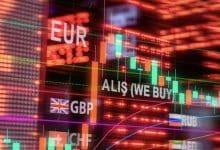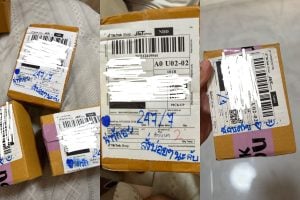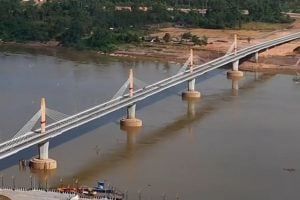Can automation and AI be vital tools in Thai forex markets?
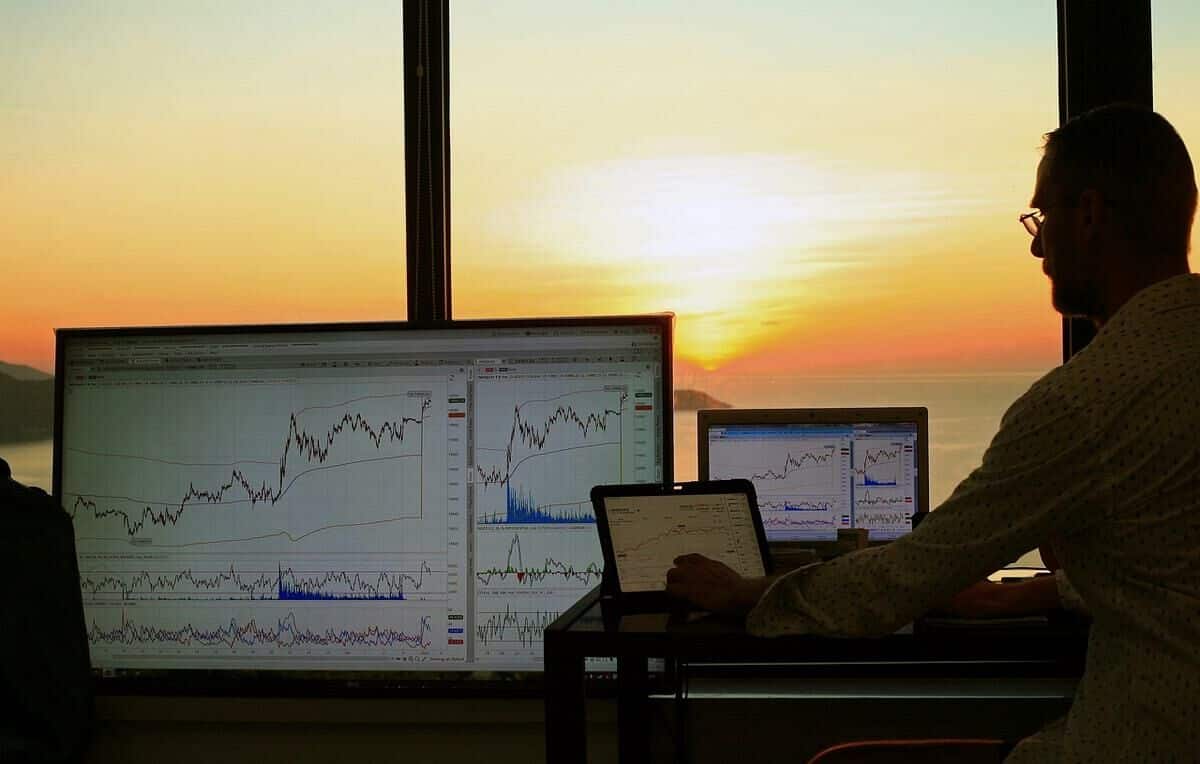
In Thailand’s rapidly evolving financial landscape, Forex is a vital channel for retail and institutional investors. In recent years, Thailand’s trading community has turned to algorithmic solutions and Artificial Intelligence (AI) for the foreign exchange market.
Automated trading systems are increasingly seen as an indispensable tool, from advanced data analysis to machine learning algorithms. AI-driven solutions not only guarantee faster trade execution but also provide better market insights. However, like other technologies, investors must assess both the benefits and risks before implementation.
Forex trading environment in Thailand
Thailand’s economy, driven by strong tourism and export industries, has always been sensitive to global market fluctuations. The strength and stability of currency impact the country’s trade balance and direct foreign investments.
While large financial institutions in Bangkok have used advanced trading strategies for a long time, in recent years, there has been a significant increase in retail participants as well. Many are seeking profits from short-term market movements of the baht, dollar, euro, or other popular currency pairs.
This expansion of foreign exchange activities is in line with the widespread adoption of digital systems in Thailand. Mobile banking, digital wallets, and online investment platforms have become commonplace.
Simultaneously, high-speed internet infrastructure has grown substantially, increasingly reaching rural areas. In this context, it is only a matter of time before algorithmic and AI trading enters Thailand’s forex market.
Rise of automation
Automated trading uses computer programmes to execute trades based on predetermined rules and mathematical models. In Thailand, both novice and experienced traders are beginning to view these systems as tools that help them implement more disciplined strategies, eliminating emotional decision-making and human errors.
Automated systems can provide a level of consistency that might be difficult to achieve through manual trading. For example, an automated trading system might send buy orders when the USD/THB exchange rate falls below a specified threshold while simultaneously setting stop-loss levels to manage risk.
For advanced traders, automated systems can expand to more complex strategies by integrating various indicators and timeframes. The primary attraction is speed and precision. Automated algorithms can respond to market changes within microseconds, capturing opportunities that traditional traders might miss.
Moreover, the Thai market is particularly receptive to such innovations due to a regulatory framework that supports responsible technology adoption. While always advising caution, the Bank of Thailand and related agencies have acted to promote a stable environment for digital financial growth.
This balance between innovation and prudence allows traders to experiment with algorithmic tools while operating within a safe and regulated system.
Analysis and predictive models
AI is transforming how Thai traders analyse markets. Traditional technical analysis, relying on graph patterns, trend lines, and recognised indicators, remains important. However, machine learning and deep learning techniques have opened new dimensions of insight.
By processing vast amounts of historical and real-time data, AI models can identify subtle relationships that might escape even the most experienced human traders.
For example, Thai traders can input historical baht values, macroeconomic reports, and global news sentiments into machine learning models. The system will then identify patterns correlated with market movements, enabling more accurate short-term and long-term price predictions. Over time, these models can adapt to changing market conditions and enhance predictive power.
Such AI-driven analysis not only helps predict but also supports complex risk management. Through real-time position monitoring, AI algorithms can detect unexpected anomalies or volatilities, triggering automatic adjustments or settlements as an additional layer of protection.
Best practices for implementation
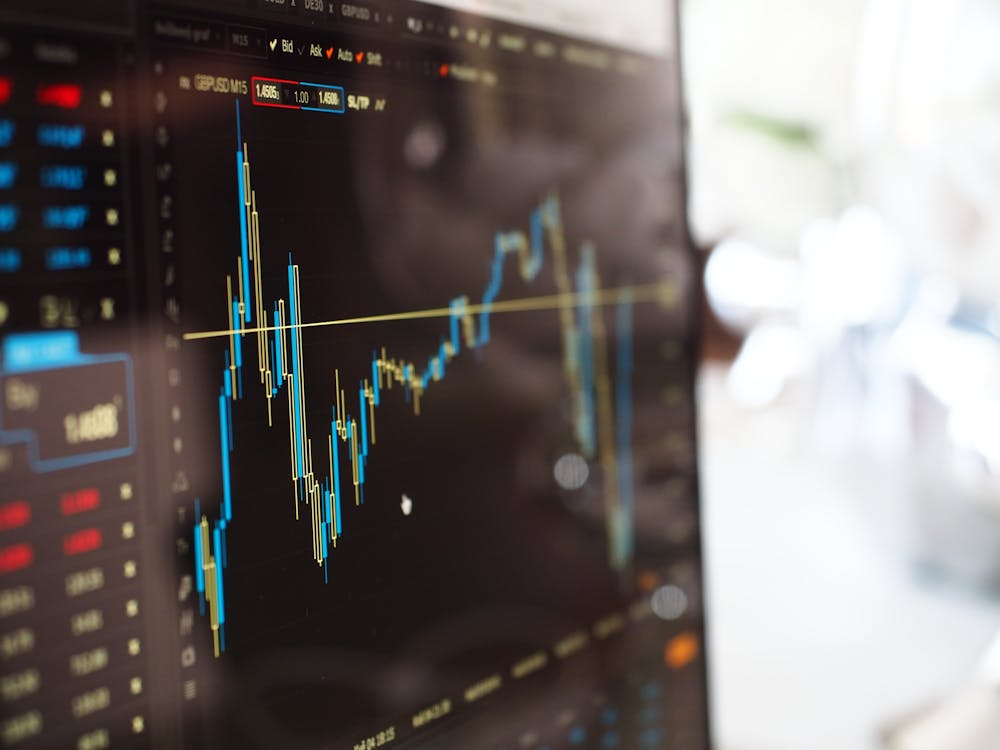
For Thai traders looking to integrate automated trading systems and AI into their strategies, a systematic approach will prove to be fruitful. First, thorough backtesting is essential. Before implementing any algorithm in the forex market, traders should simulate the algorithm’s performance using historical data.
Promising backtests, especially those considering local market characteristics like Bank of Thailand policies, regional holidays, or unique liquidity conditions, can help refine strategies.
Continuous monitoring is critical. Even the most robust AI models may become less accurate as market conditions dramatically change. Effective monitoring involves assessing key performance indicators (KPIs) like profit-loss ratios, maximum drawdown, and profit factors.
Additionally, traders must track policy changes, domestic economic indicators, and global events that might impact the baht or other currency pairs they trade.
Lastly, a multi-layered risk management strategy is non-negotiable. Stop-losses, proper position sizing, and appropriate risk diversification should accompany any automated or AI-driven strategy.
For instance, if using a high-frequency trading (HFT) algorithm with EUR/THB, ensure you’re not overleveraged. In unpredictable markets, unlimited risk exposure can lead to substantial losses, even if your algorithm shows strong backtest performance.
Potential pitfalls
Despite its numerous advantages, automated trading systems and AI solutions also have drawbacks. One of the most common misunderstandings among new Thai traders is the belief that algorithms guarantee profits.
In reality, while algorithms can eliminate certain human biases, they can also increase risks if poorly designed or implemented incorrectly. Overfitting is a classic mistake: when an algorithm is so fine-tuned to historical data that it cannot adapt to real-world market changes.
Connectivity issues also pose dangers. Thai traders relying on automated systems must ensure stable internet connections and backup servers. Even brief interruptions can cause missed trades or unmonitored positions.
Moreover, real-time data from brokers must be consistent and reliable. Delays or pricing errors can lead to miscalculations, resulting in unintended trades.
Furthermore, ethical and regulatory considerations are increasingly relevant. High-frequency trading algorithms might distort markets if they constitute a significant proportion of trading volume in certain currency pairs.
While this scenario frequently occurs in major financial centres like London or New York, as Thailand’s market continues to develop, the regulatory environment will also adapt. Understanding local legal frameworks is crucial for anyone using advanced automated solutions in Thailand.
Regulatory landscape in Thailand
The Bank of Thailand and the Securities and Exchange Commission (SEC) play crucial roles in financial market oversight. While Thailand has not yet implemented overly strict algorithmic trading measures, the Kingdom prioritises risk management, transparency, and anti-money laundering (AML) compliance.
As trading tools become more complex, the relevant Thai authorities are increasing efforts to ensure market fairness and transparency.
For traders and system developers, tracking policy updates is essential. Periodic audits, licensing requirements, or new reporting regulations may impact the operation of AI-driven algorithms in Thailand’s forex arena. Early compliance helps traders avoid potential legal issues and focus on implementing effective strategies.
The future of automation
Looking ahead, the collaboration between AI and automated trading systems in Thailand is likely to grow. Investments in digital infrastructure, more reliable data feeds, and an increasingly tech-savvy population create a stage for continuous innovation.
Thai universities and private research laboratories are exploring emerging areas like quantum computing for advanced financial modelling, though these remain nascent trends.
Additionally, international fintech companies are entering the Thai market by collaborating with local brokers and entrepreneurs. This influx of global expertise might accelerate the adoption of cutting-edge trading technologies.
As the environment becomes more competitive, traders who effectively integrate AI solutions and automated strategies may have significant advantages, especially those who blend these solutions with robust risk management and insights into Thai market dynamics.
While these positive trends exist, the human element remains irreplaceable. Experienced Thai traders bring local intuition, whether understanding cultural nuances, holiday schedules, or macroeconomic triggers that might not be immediately apparent in globally-trained algorithms.
Therefore, the most successful approaches often blend AI-driven models with human oversight, balancing processing power and real-world experience.
With a growing advanced trading community, supportive regulatory structures, and expanding digital infrastructure, the potential for automated trading systems and AI technologies in data-driven, tailored strategies is immense.
However, success in this domain requires more than complex code and efficient machines. It demands continuous learning, risk management, and respect for market volatility. As Thai traders seek to leverage the speed and precision of algorithmic trading or the analytical power of AI, they should also consider the underlying complexities.
Backtesting protocols will help deploy this technology as each implementation step must be executed carefully. By doing so, Thailand’s forex community can continue to grow, using automation and AI to operate alongside the world’s largest financial markets with skill and precision.
Sponsored
Latest Thailand News
Follow The Thaiger on Google News:
